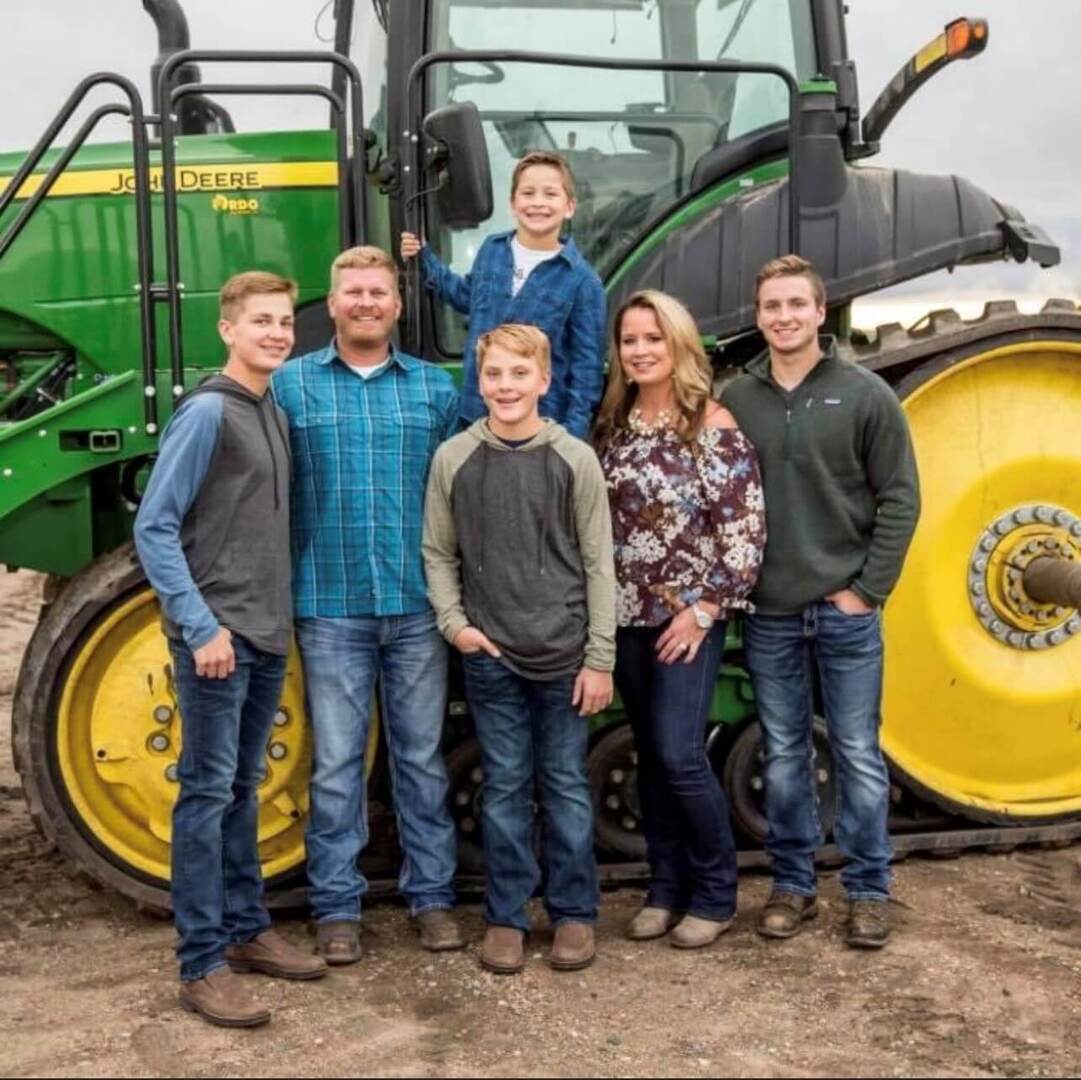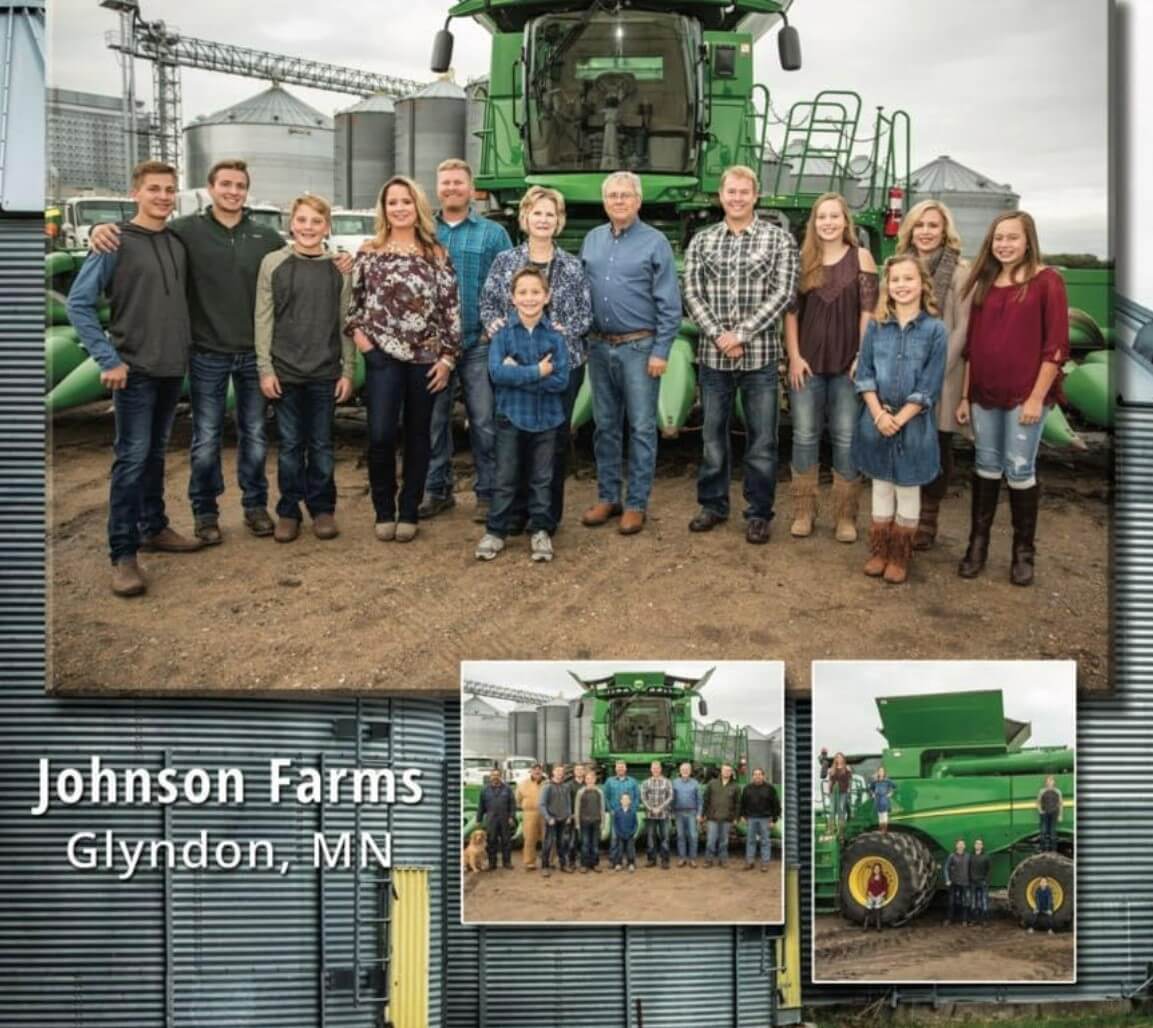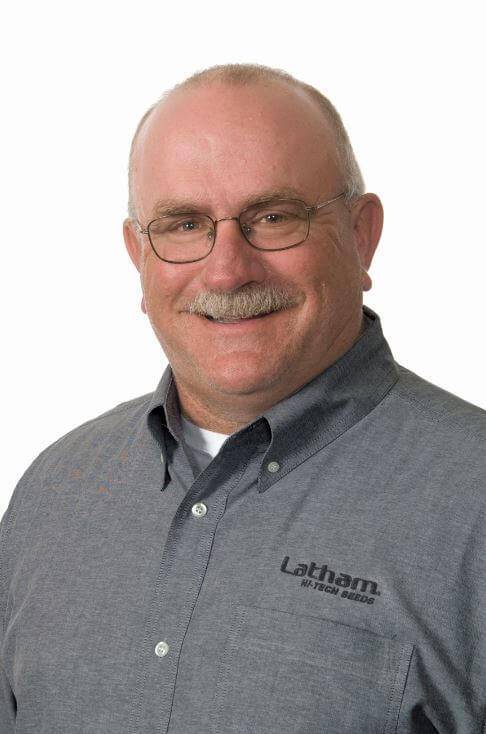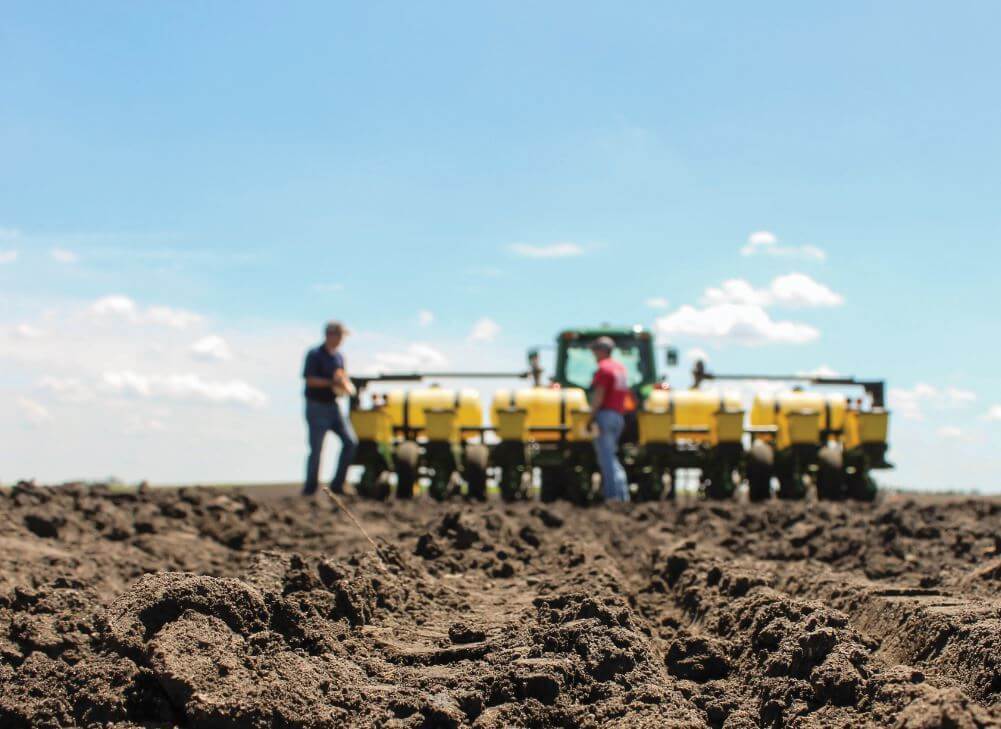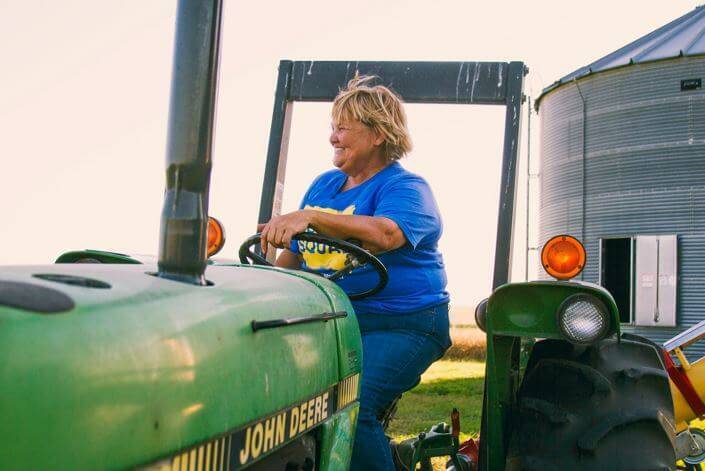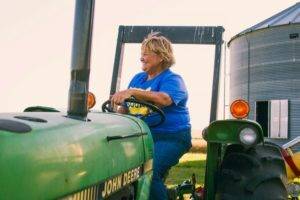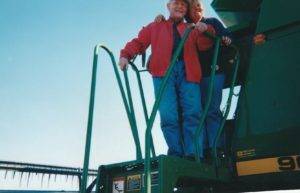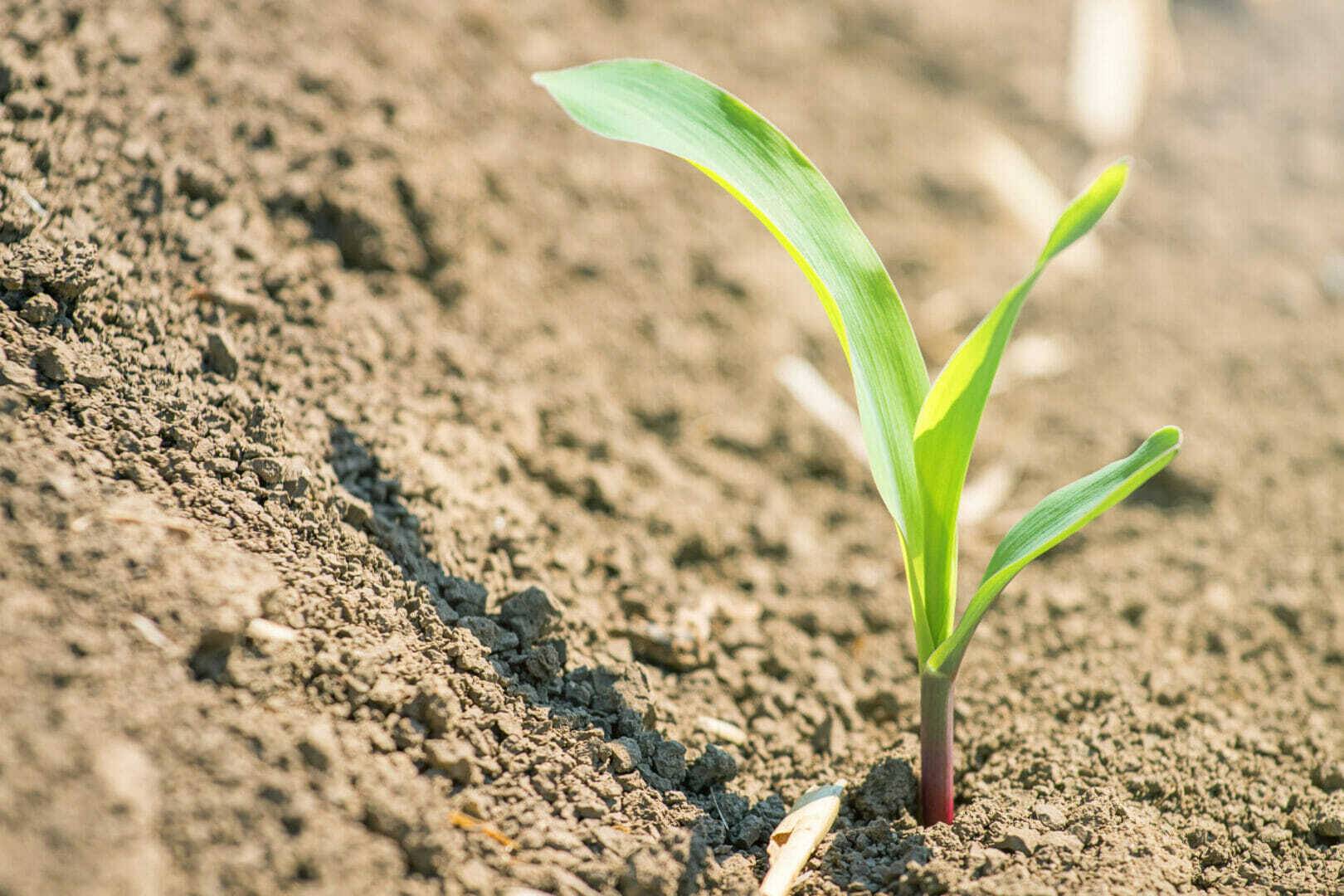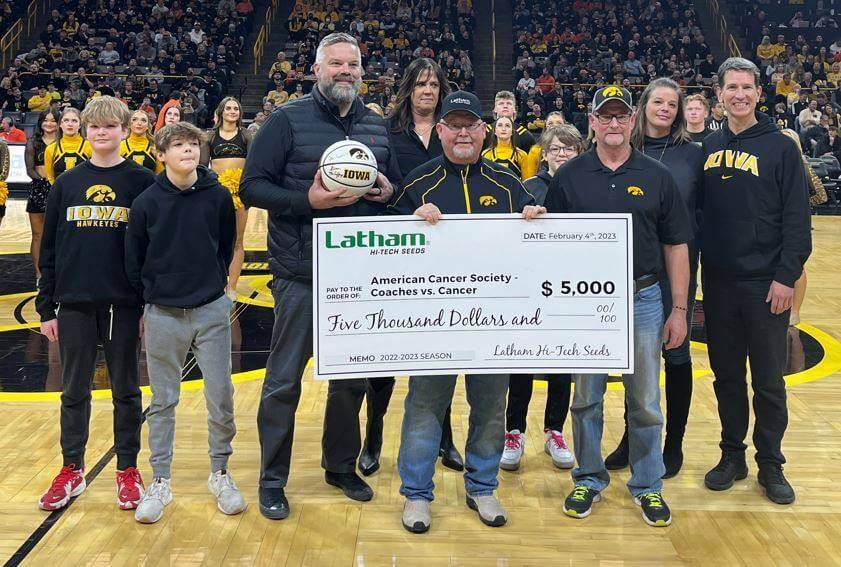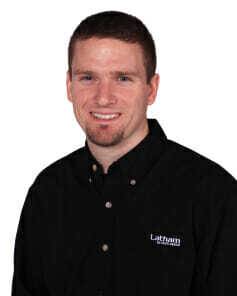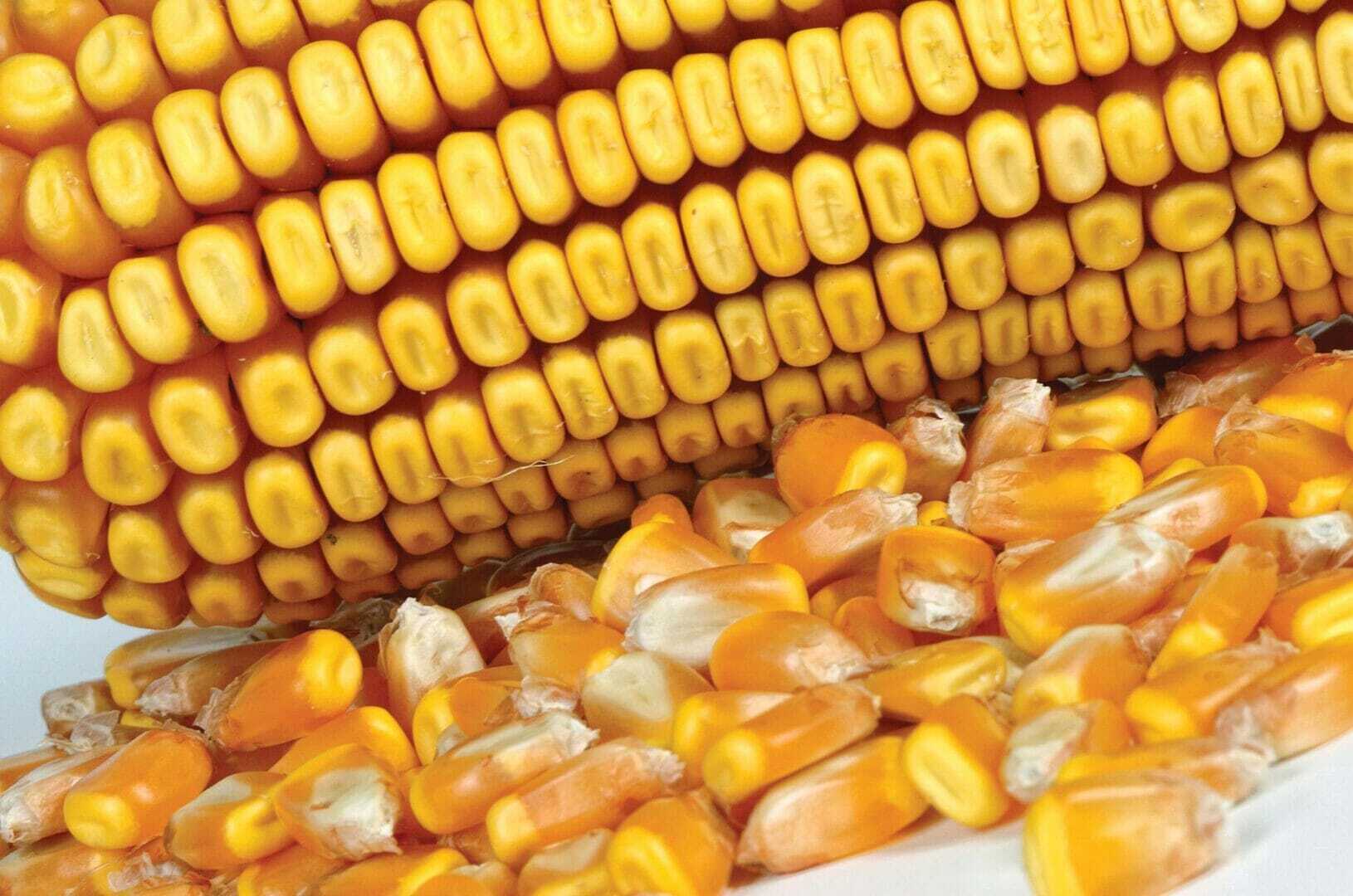Farming is at the heart of Kyle and Sally Johnson’s family — so much so that they made sure their wedding vows included the words “in sunshine and in rain” when they were married 22 years ago. Sally’s wedding ring has a head of wheat engraved on each side, a reflection of their Minnesota farm near Fargo, N.D., where they raise corn, soybeans, sugar beets and wheat.
“All four of our boys are farm boys in every way,” Sally says. “They all want to farm together too.”
Kyle and Sally met in high school at a church retreat, where Sally quickly noticed Kyle’s green Mustang and asked him for a ride.
Little did she know that Mustangs were a Johnson family “first car” tradition that began with Kyle’s dad. Both Kyle and his brother, Chad, had a Mustang growing up. Sally’s oldest sons — Ethan, Preston and Logan — have since chose a Mustang for their first cars, too. Thirteen-year-old Dawson plans to keep the tradition going.
“Even though our driveway is gravel, our boys all wanted one,” says Sally, who works as a trauma team case manager at Sanford Medical Center in Fargo. “Even I have a Mustang now.”
It’s said when you drive a Mustang, you’re living your dream. Together, Kyle and Sally are fueling similar dreams for their family on their fifth-generation North Dakota farm. A Latham® Seeds dealership helps diversify their income.
It was Sally’s cousin, Ken Highness, who first introduced her and Kyle to Latham products, which they started planting in 2015. The quality and performance of corn varieties and Ironclad™ soybeans helped Ken, a Latham regional sales manager, convince the Johnsons to take on a Latham® dealership — a decision Kyle says ended up being a perfect fit.
“It was a good opportunity, but it also made sense for us being a family-owned business,” he says. “We love that the whole Latham family, from John, Shannon and Chris are involved, because that’s what we strive for with our own family. We want to keep working together.”
When they aren’t farming, the Johnsons enjoy sports, hunting, ice fishing and annual trips to Yellowstone National Park. They also love this tried-and-true chicken enchilada recipe that feeds their hungry crew.

